The ultimate guide to buying an EV in Australia: This is everything you need to know
Electric cars are getting more popular. But there are some things you need to know – and prepare for – before taking delivery of your new EV.
Here’s the complete guide on buying an EV – and everything you should be ready for when you take delivery of your first electric car.
EV range is optimistic
The brochure of an EV typically spruiks how far it will go on a charge.
Don’t ever expect it to go that far.
Those EV range claims can be gleaned from laboratory tests that aren’t realistic on public roads.
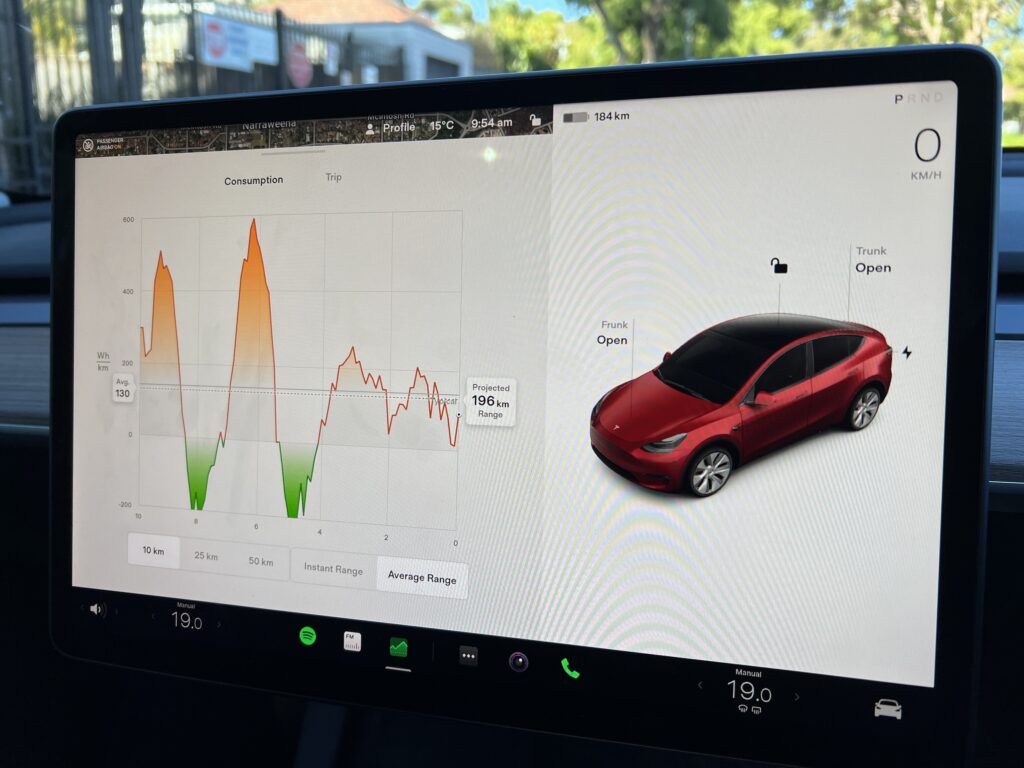
While they’re more accurate, even the more realistic WLTP figures still need to be pulled back at least 10 percent to give a realistic idea of how far the car will travel from a full battery to empty.
READ MORE: How far will be EV drive on a charge?
READ MORE: Why is the range of an EV less on the freeway than the city?
Many EVs recommend you don’t use the whole battery capacity
Many electric cars allow you to set the maximum charge rate at 80 or 90 percent.
They recommend you don’t regularly take the car to 100 percent state of charge.
It’s about protecting the life of the battery by not using its upper extermity (many also don’t like you using the lower extremity).
So for everyday driving you may theoretically only have 80 percent of the claimed range.
Obviously for those bigger road trips you can take the charge to 100 percent, thereby utilising the entire range that the car has claimed (or, at least, what it will deliver).
There are exceptions and they are typically for vehicles with lithium-iron, or lithium ferrous-phosphate (LFP), batteries. They include the Tesla Model 3 and Model Y Rear-Wheel Drive variants as well as the BYD Atto 3. Those models recommend you charge them to 100 percent regularly because the different battery chemistry is not affected by maxing out the charge – and in most cases benefits from being regularly topped right up.
AC/DC EV charging
In the brochure you may have noticed mentions of AC and DC charging.
It refers to alternating current (like what comes out of your home powerpoint) and direct current (like what’s stored in batteries).
All you need to know is that AC charging is slower and DC charging faster.
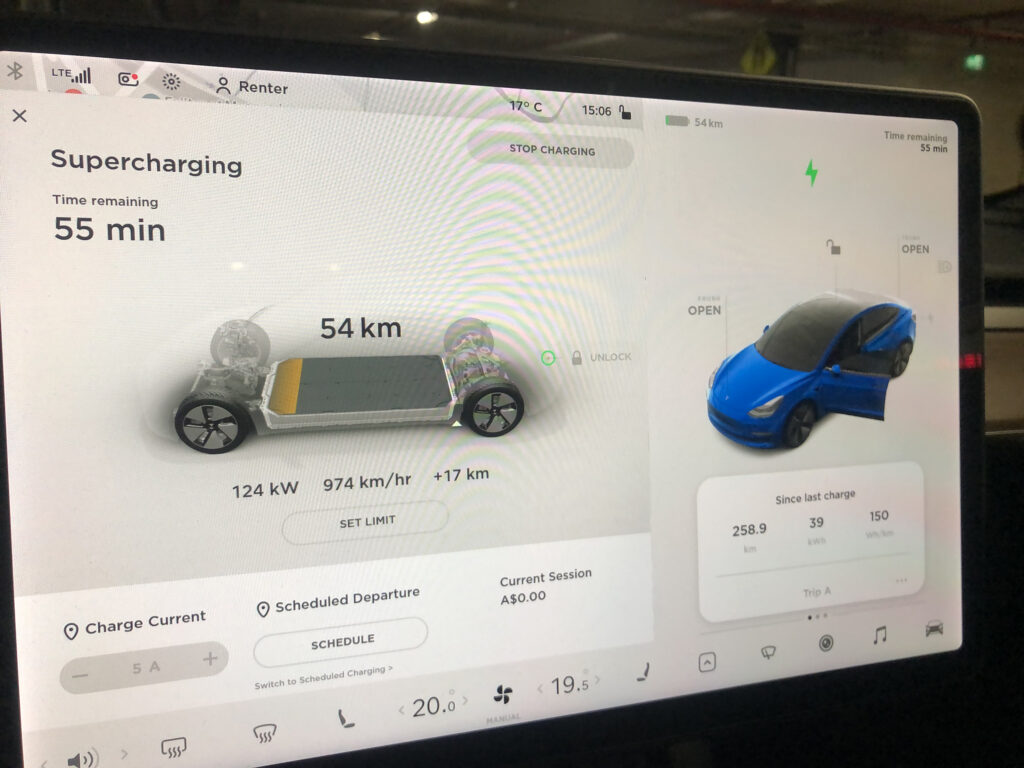
How fast each will be is determined by how much power that charger can supply.
Your home powerpoint supplies about 2.3kW, whereas a public DC charger can supply up to 350kW – about 150 times faster.
READ MORE: What’s the difference between AC and DC charging?
The car will determine how fast it will charge
It’s up to the car how much charge it will accept.
As a general rule, the more power the charger can supply, the faster the car will charge.
It doesn’t matter if you plug your EV into a charger that supplies more power than your car can accept, the car will sort it out.
Equally, if you plug it into a 350kW charger, the car may not be capable of accepting that much charging power.
Similarly, the car may sometimes throttle the charge rate to help protect the battery from overheating. Extreme ambient temperatures can also factor into that, too.
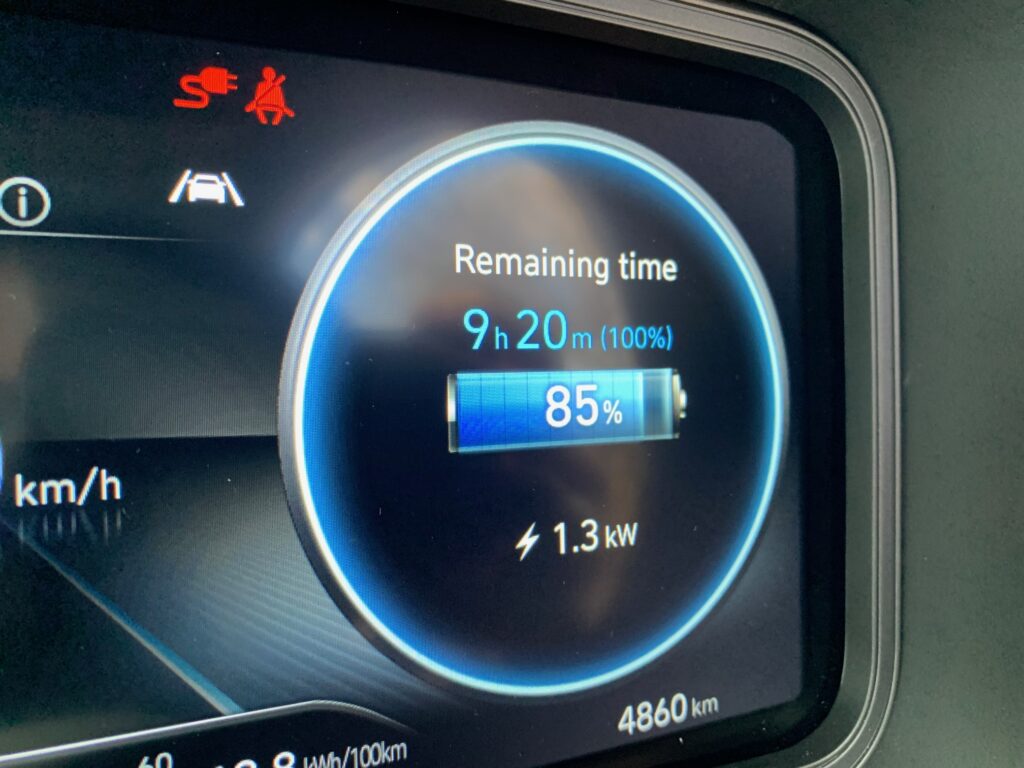
So the car will determine how much charge it takes.
When it comes to fast charging, that’s why there really is no firm answer to how long it will take to charge an EV.
READ MORE: How long does it take to charge an EV?
EVs charge speed changes throughout the charge
If you’re slow charging using an AC charger then the charge rate will generally remain fairly constant throughout the charge.
But DC charge rates can vary enormously.
An EV typically charges fastest when its state of charge is below 10 or 15 percent.
That’s the point at which you’re likely to see the highest power going into the battery.
But once it’s over 15 or 20 percent the car will start regulating the charge rate by taking on less power. By the time you get to 80 or 90 percent the charge rate can be a trickle of what it was.
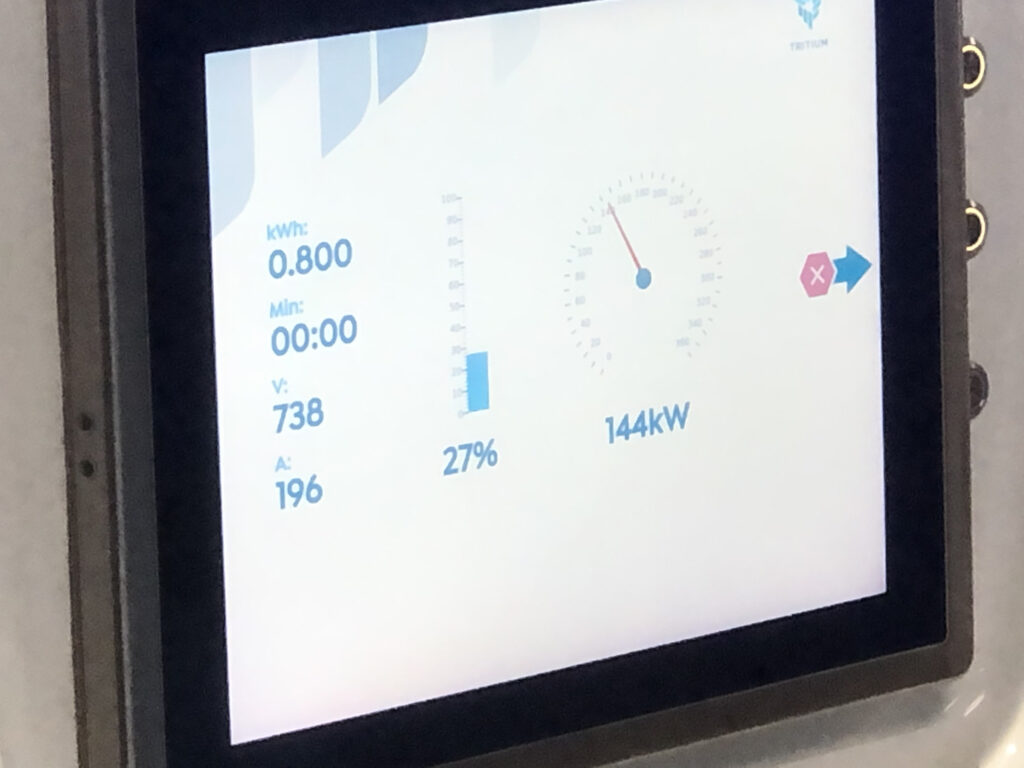
It’s all about protecting the longevity of the battery by reducing heat build-up (most EVs have liquid cooling and heating systems to keep the battery at its optimum temperature).
We only mention that because some people are surprised with how slowly their EV charges sometimes. If the salesperson said you could add 100km of range in as little as 5 or 10 minutes then that will have been gleaned from a car with almost no charge in the battery. If you’re just topping up from, say, 70 percent state of charge, then that 100km of range may take 20 minutes or more.
So be aware that at a DC fast charger the car will do its best charging work when the battery has not much electricity in it.
READ MORE: Why do EV battery packs need a cooling system?
You can charge your EV from a home powerpoint
All EVs can be charged from a regular powerpoint but it’s a very slow way to charge because there is not much power on offer.
Still, if you are travelling less than 100km per day and plug in to charge overnight then you’ll be able to plug a portable charger (usually supplied with the car) into a standard household powerpoint and have the car full charged by the morning.
To determine how long your car will take for a full charge on a home powerpoint you need to know the capacity of the battery pack in kilowatt-hours. It’ll usually be between 50 and 100kWh.
Then take that figure and divide it by 2 to give you the approximate number of hours it’ll take to charge (a household powerpoint supplies about 2.3kW but there are charging losses). So an average EV with a 60kWh battery would take about 30 hours – maybe a bit less – for a full charge on a normal powerpoint.
You lose electricity when charging
How much electricity you put in your car and how much it uses are two different things.
That’s because there are charging losses along the way.
Unlike petrol or diesel – all of which eventually gets drained from an ICE vehicle’s tank – some of the electricity that leaves the powerpoint or charging station won’t make it into the vehicle’s battery pack.
Just like your phone or computer can get warm when charging, the battery in an electric car will also warm up when charging. It’s a result of mild resistance in the circuitry as electrons race into the battery pack.
You’ll lose more electricity when slow charging than you will with a faster DC charger.
It means that your 60kWh battery pack may actually require 66kWh of electricity to be fully charged.
All EVs use the same charging plug
You may have noticed various charging plugs on public charging stations. One if for cars with a CHadEMO charge port, the other is for the more common CCS Combo port.
But for home EV charging, all EVs will use the same Type 2 plug.
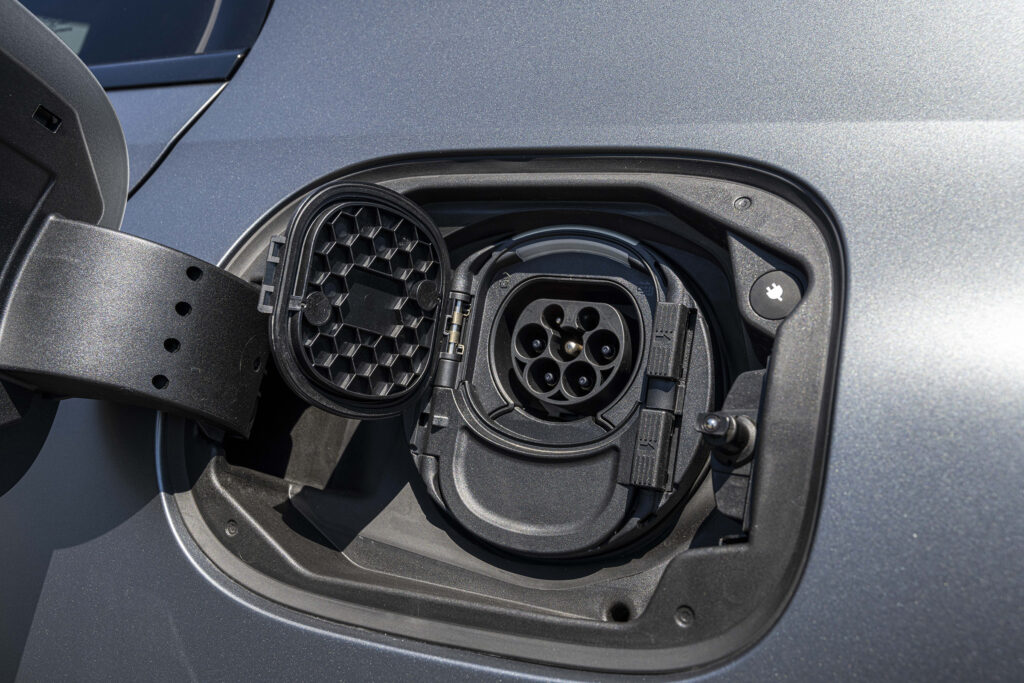
So once you’ve installed that Type 2 charger it’ll top up everything from a Tesla or Toyota to a Porsche or Kia.
Consider a home wallbox charger
The easiest way to charge at home is with a wallbox charger that mounts onto a wall.
It will supply up to 22kW of power.
But exactly how much your charger supplies will depend on the charger and the electricity supply to your house.
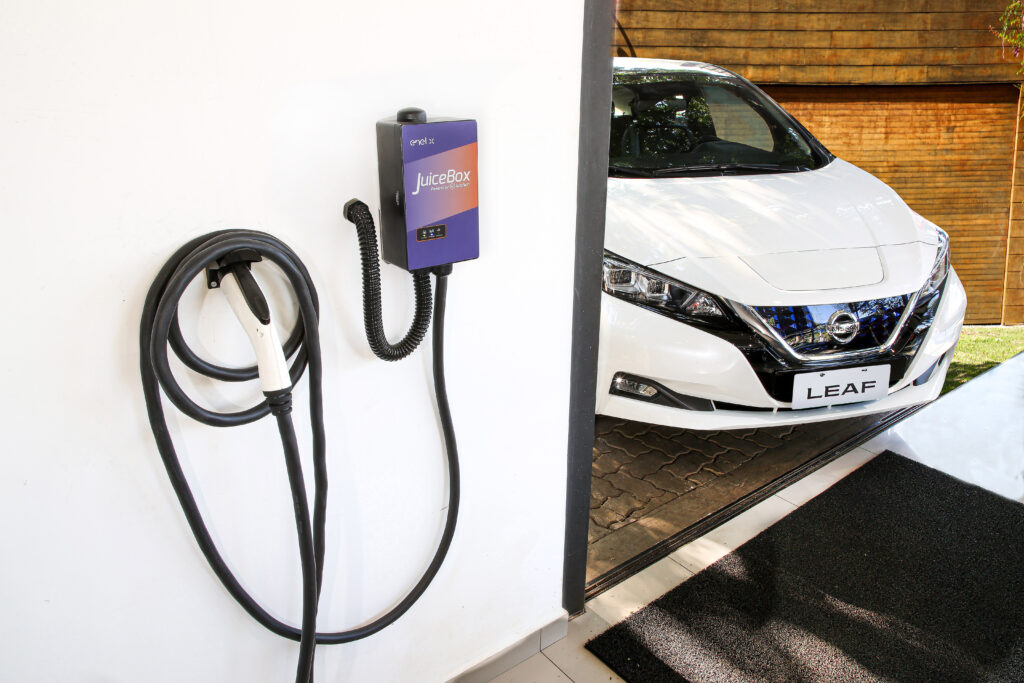
If you have single phase electricity – as most houses do – then the maximum you can get is about 7.4kW.
That’ll still be fine to fully charge all new EVs overnight.
If you have three-phase power you may be able to get 11kW or even up to 22kW.
While the bigger number sounds tempting, it will be close to useless if you’re plugging the car in overnight. It means it may be finished charging by 1 or 2am rather than 6 or 7am.
So don’t think more power is necessarily better. It’ll depend on your circumstances.
Also, most EVs won’t accept a 22kW AC charge; so even if you’ve plugged into one, it’ll cap the maximum charge rate to whatever the vehicle’s limit is.
Know how much charging will cost
Electricity supply is measured in kilowatt-hours. Think of it as the electrical equivalent of litres in a petrol or diesel car.
Most EVs have a battery pack that can take between 50 and 100kWh of electricity.
And most people will be paying between 15 and 40 cents per kilowatt-hour of electricity, depending on your electricity plan and whether you’re charging during peak or off-peak times. So an average EV with a 60kWh battery pack should cost between $9 and $24 to charge.
There are some EV-specific plans that offer very cheap off-peak rates, sometimes below 10c per kWh, bringing that charging price down to around $5.
And at least one electricity retailer is looking to offer free charging during the day, utilising the excess solar in the grid.
Public charging is more expensive
While there are some free public charging stations, they’re getting rarer.
In most instances you’ll be paying for electricity. How much you pay will depend on the charging station.
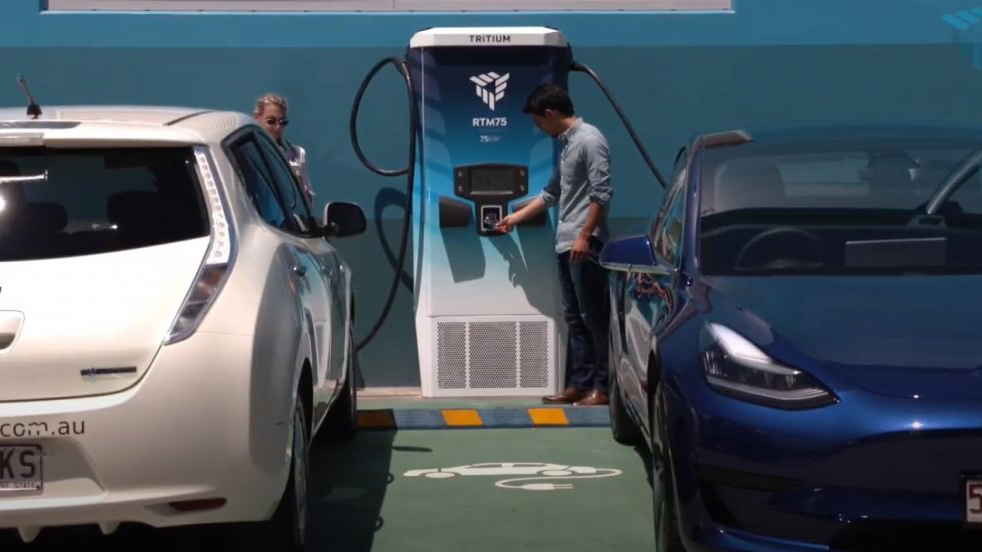
As a general rule you’ll pay more to charge faster. You’re paying for the convenience.
You may end up paying double (or more) what you pay for electricity at home.
The fastest 350kW chargers can charge upwards of 60 cents per kilowatt hour.
That means charging your EV on the road could cost $30 or $50, which is a lot more than you’d spend at home.
But it’s also less than half what you’d spend on petrol to go the same distance.
Look at your electricity plan
Your EV could double the amount of electricity you’re using at home.
So it pays to look at your electricity plan to reduce the overall cost.
Energy retailers often have plans with much cheaper rate during off-peak periods – such as the middle of the night. Some charge less than 10c per kWh, which means a full charge for $5 or $10. Others offer cheap rates during the day to take advantage of excess solar energy in the grid.
So do some online research to choose the electricity plan that will best suit you and make your EV charging more economical.
It’ll almost certainly be a different energy plan to the one you’re currently on.
Plan for renewables
A renewable electricity supply – which for most people means solar – allows you to top up your EV for free.
But you need to ensure the car is using only the solar being produced rather than taking a combination of grid power and solar.
One way to do that is to install a battery, which then allows you to use solar energy at night, but it’s an expensive solution.
If you’re mostly charging during the day then a wallbox that monitors real time solar energy production can be a good way to use that excess solar to top up your EV.
It will adjust the charge rate accordingly to ensure you’re only using solar energy.
Charging ain’t always easy
Sure, when you pull up in your driveway and plug your EV in then it’s a super simple way to keep the car topped up.
But public charging can come with its challenges.
Most public charging stations will require you to have an account so that you can be billed (the charger won’t supply electrons without those account details).
Some will also require you to bring your own charging cable, The one you’re looking for is a Type 2 to Type 2 charging cable. It’ll plug into every new EV on the market.
Be aware of charging etiquette
Social media is awash with images of EV drivers doing the wrong thing at charging stations. It could be a car still plugged in when it’s fully charged, a car taking up two spots or someone using a charger that is too powerful for their car.
It’s important you know roughly how long your car will take to charge (once you plug it in the car will estimate how much longer it will take to charge; some cars will have apps to alert you to its charging status, while some public chargers also let you know how much charge the car has through their apps). If you’re shopping while it’s charging, make sure you’re back before it’s fully charged.
If there are people waiting to charge then consider stopping charging once the car reaches 80 percent state of charge. The charge rate will be much slower after that, so it’s polite to other EVers to give them a go.
It’s also handy to know what the maximum charge rate of your car is. If it can only accept 50kW and there is a 350kW and 50kW charger alongside each other then there’s no advantage to plugging into the 350kW one; leave that for the really fast charging EVs.
Download these EV apps
Make sure your phone is armed with apps to make EV life easier.
The top of the list is PlugShare, which tells you where chargers are available and – in many instances – if someone is currently using them. It’s super handy and often provides more info than you’ll get through the car’s onboard navigation.

The app can also alert you to faulty charging stations, something the onboard planner on the car may not always do.
Also make sure you have the apps and an active account for the main charging networks. They include Evie, Jolt, Chargefox, AmpCharge (Ampol’s EV charging app), Everty, EO and BP Pulse.
Each will require you to setup an account. If you want to use the chargers you’ll also have to input credit card details, something that’s worth doing ahead of time so you’re not fumbling with it when you’re trying to get the electrons flowing.

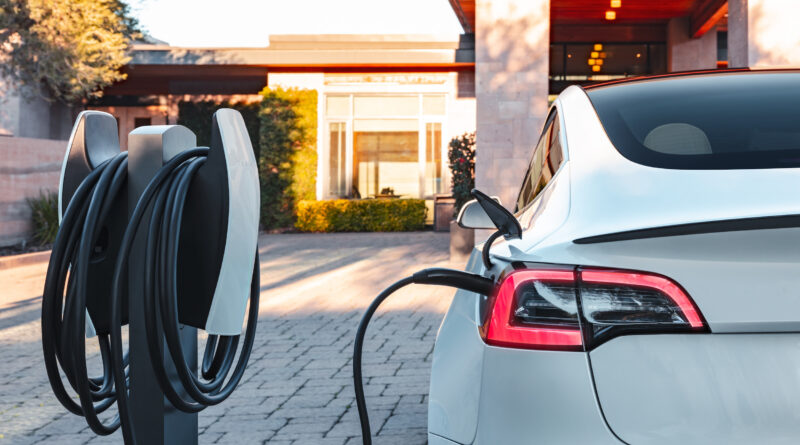
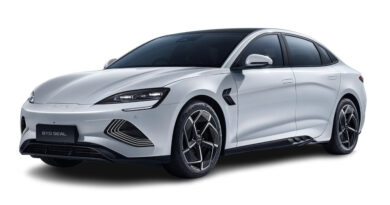
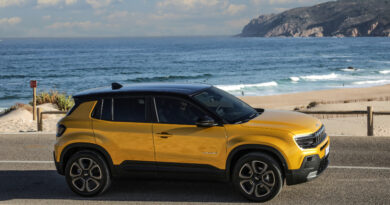
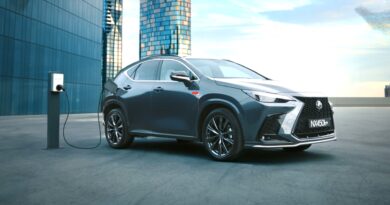
WLTP range is based on rolling road parameters given by the manufacturer. Some are a little more conservative than others. I own a MINI SE, which gets 233km WLTP. I get this all day every day in sports mode booting it when needed. Driven carefully, I can get 10-20% *better* than WLTP. BMW is always quite conservative. Porsche is another (so I am told – I have never driven one). The US EPA is ludicrously low on both the MINI and Porsche, representing the expected efficiency from a track day 🙂
Some manufacturers, eg. Tesla, give very accurate figures for WLTP, so their range tends to be an “optimum” range. In other words you will rarely see this range. Which is better? So long as you know the range *you* get, then it doesn’t matter. The issue is comparing cars – you don’t know if the value is conservative or optimum. It is still a reasonable indication and everyone’s mileage may vary (pun intended).
Regarding range, I think you also need to factor in for battery degradation during your period of ownership. In 4-5 years you might loose 10% so a car that gives you 300km brand new, it will be 270 a few years later.
Also, aircon will also consume another 5% or more. How many passengers you usually carry is another factor. Add a roof rack for that holiday ….
Also, non LFP batteries are best to not only charge them to 80%, but also not discharge them less than 20% – so realistically the day to day range is 60% of what claimed, and that’s before the deductibles above.
I personally would not get an any other battery but LFP, and at least 500 range.
The Australian Electric Vehicle Association offers both its members and non-members an RFID card that can be used in all charger networks. This can be a life saver when the charger you need is in a mobile phone blackspot so you can’t use your app to activate the charger!